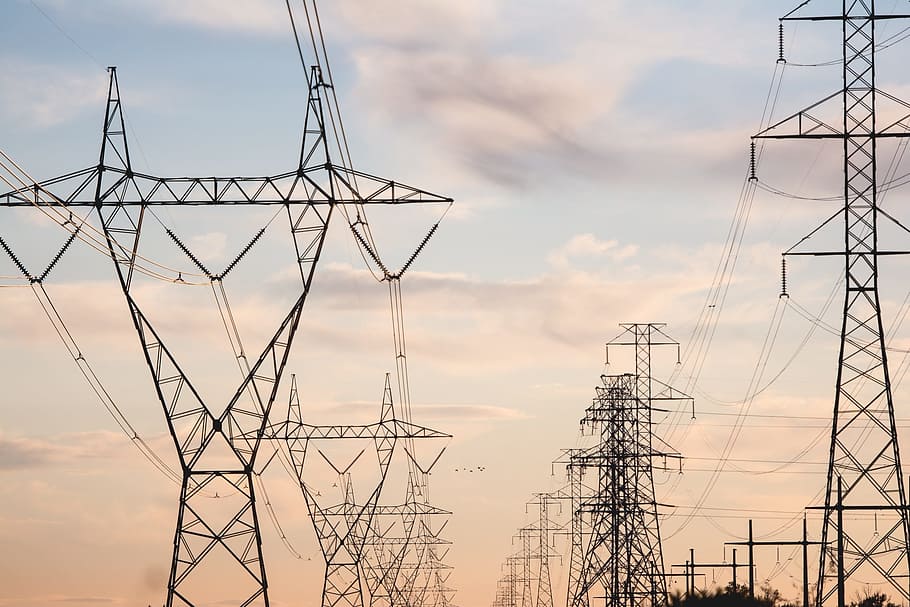This is how much we will spend to adapt the electricity networks to renewable sources

With the onslaught of renewables, grid investment needs are skyrocketing dramatically. Sergio Giraldo's analysis
As the Green deal proceeds, with its accelerated campaign to install renewable source production plants throughout Europe, the constraint represented by the energy transport networks becomes more evident. Often old and undersized, especially at local level and above all in some countries, European transport and distribution networks would already require huge investments under normal conditions. With the onslaught of renewables, grid investment needs are skyrocketing dramatically. This is an effort that does not only concern Italy but all of Europe, which is electrically interconnected, even if unequally between countries. The major effort for our country will be to integrate the growing power from renewable sources into the grid, considering the problems associated with the intermittence of the sources and the prevalent location of the plants in the South, while most of the consumption is in the North (with a high density of businesses).
HOW IS ELECTRICITY CONSUMPTION
World electricity consumption, according to the Net Zero Economy designed by the International Energy Agency (IEA), will have to go from 20% to 70% of the total between now and 2050, since all energy consumption will be electrified and therefore the networks will have to be sized accordingly . For the European Union alone, Net Zero predicts that consumption will go from 3,000 to 7,000 billion kilowatt-hours by 2050. Finally, the networks will have to be able to manage the flexibility of consumption, which will be very volatile, and millions of decentralized input flows . Therefore, in addition to the mere infrastructure made up of cables and pylons (or underground cables), transformation stations and distribution cabins, investments in software and measurement and control equipment will be needed. This is because the grid model that transports energy from a few very large production points to millions of small consumption centers is being retired (early). The network, tomorrow, will be made up of thousands of medium and small production plants, many of which can also be withdrawal points at the same time.
THE NEED FOR INVESTMENT IN NETWORKS
If it weren't clear, for investments in strengthening and extending electricity grids we are talking about enormous sums. If we look at the entire planet, some estimates speak of over 20,000 billion euros in 25 years, but the costs will probably be much higher (around 25,000 billion dollars). According to the IEA, between 2021 and 2040 in the baseline scenario the electricity grids will have to expand by an additional 2.1 million km per year, while around 1.7 million km per year of the grids will have to be replaced (considering both long distance transport and local distribution). On average, therefore, approximately 3.8 million km of cables will be needed per year for twenty years, equal to 76 million kilometers (in the most aggressive scenario this reaches 100 million kilometres). Also considering transformers, by 2040 there will be a need for 20 million tonnes of copper and aluminum per year (27 million in the aggressive scenario). All this only for electrical networks. Then chips and equipment for remote control and measurement will be needed, as well as optical fibre, servers and software.
TERNA'S PLAN IN ITALY
In Italy, the operator of the national transmission network, Terna, has foreseen the Hypergrid network in its 2023 Development Plan, with investments of 11 billion euros for five new backbones, plus another 20 billion by 2030. The goal is to "unbottle ” the network, which from South to North is limited to 16,000 MW, bringing it to 30,000 MW. These are over 30 very substantial works that will take about seven years. Even e-distribuzione, the largest Italian distributor, presented investment plans over several years.
As far as Italian renewable sources are concerned, today there are requests for connection to the grid of wind and photovoltaic plants, especially in the South. Given the limits that Terna establishes on the long-distance grid, however, only a small part of these can actually be connected . For example, Sicily will have "only" (so to speak) 6,000 Megawatts (MW) of maximum export grid capacity by 2030. Therefore, the plants that can actually be connected, net of the power that covers local consumption , cannot exceed that power (perhaps rounded up). Instead, there are as many as 73,000 MW of renewable power vying to be connected. In Puglia 81,000 MW of requests (50,000 MW of wind alone), for a maximum capacity of the export network of 14,000 MW (by 2030). In Sardinia, with a maximum capacity of the export network of 3,500 MW, there are requests for connection of plants for 55,000 MW.
On the other hand, where energy would be needed, i.e. in the North more densely populated by industries and colder in winter, connection requests languish. For a good reason: in northern Italy, wind and solar technologies have a lower yield. The first because there is little wind in the Po valley, the second because the radiation from the north is less intense than in the south. With the same cost of a plant, therefore, producers try to position themselves in the south to have better returns on the investment.
The result of all this is that the network still becomes a bottleneck, which in detail means higher costs to unravel network congestions. In short, the road to Net Zero is increasingly uphill.
This is a machine translation from Italian language of a post published on Start Magazine at the URL https://www.startmag.it/energia/investimenti-reti-rinnovabili/ on Sun, 18 Jun 2023 05:30:02 +0000.
